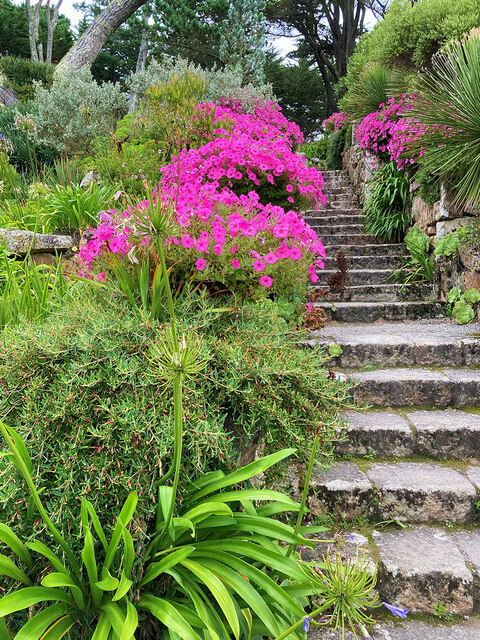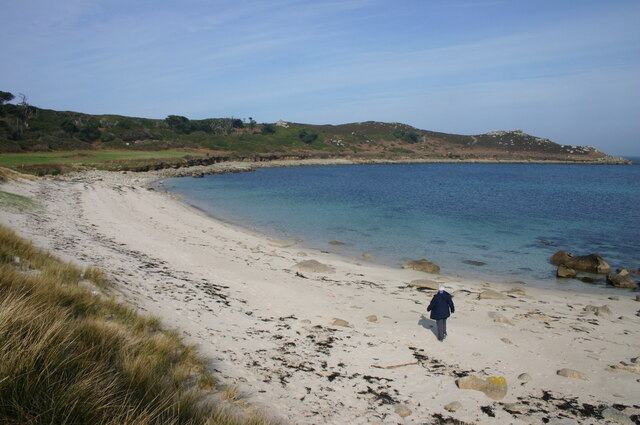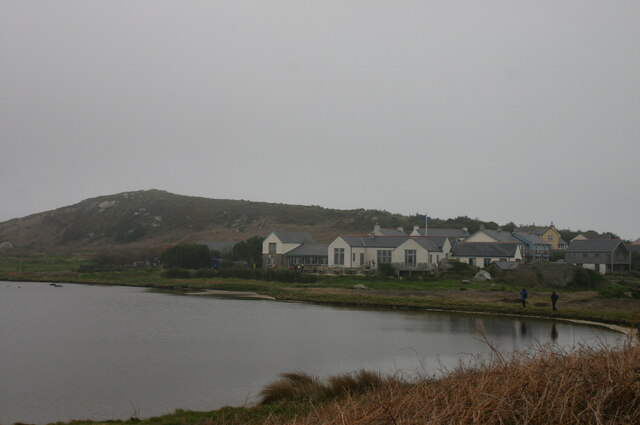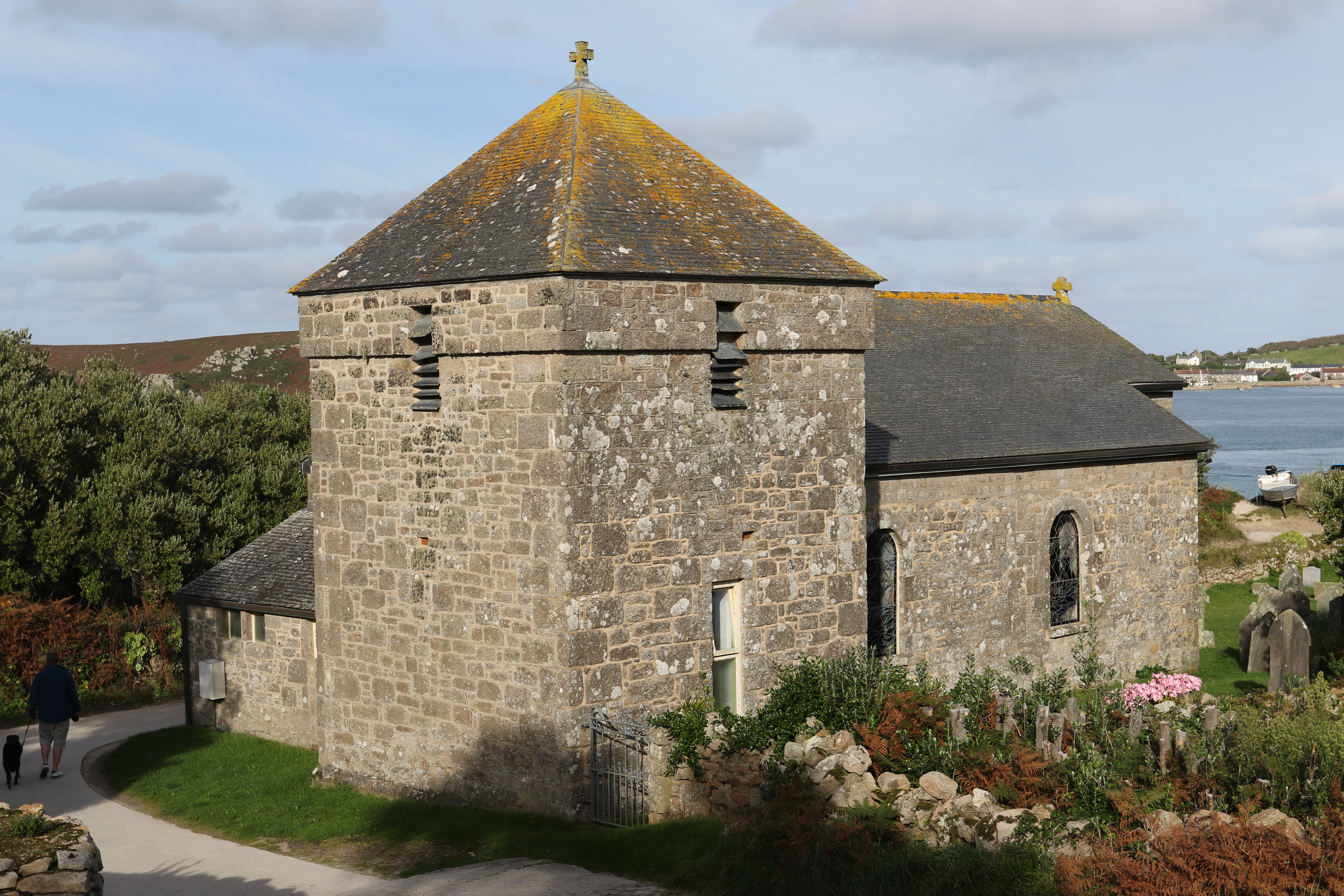Little Pool
Lake, Pool, Pond, Freshwater Marsh in Cornwall
England
Little Pool

Little Pool is a picturesque freshwater body located in Cornwall, England. Situated amidst stunning natural surroundings, it is classified as a lake, pool, pond, and freshwater marsh. The area is known for its rich biodiversity and tranquil atmosphere, which attracts both locals and tourists alike.
Covering an area of approximately 10 acres, Little Pool is surrounded by lush greenery, creating a serene and peaceful environment. The water in the pool is sourced from natural springs, ensuring its freshness and clarity throughout the year. The pool is relatively shallow, with an average depth of around 3 meters, making it ideal for various recreational activities.
The pool's ecosystem is teeming with life, as it serves as a habitat for a diverse range of flora and fauna. The surrounding marshland provides a suitable environment for numerous species of aquatic plants, including water lilies and reeds, which add to the area's natural beauty. These plants, in turn, provide shelter for various aquatic insects, amphibians, and birds.
Little Pool offers a range of recreational activities for visitors to enjoy. Fishing enthusiasts can indulge in angling, as the pool is home to a variety of fish species, including carp, perch, and roach. Additionally, the tranquil environment and scenic views make the pool an ideal spot for picnicking, birdwatching, and nature walks.
The pool is easily accessible, with parking facilities and footpaths available nearby. Visitors can also find amenities such as benches and picnic areas, ensuring a comfortable and enjoyable experience. Little Pool truly offers a peaceful retreat for nature lovers and provides a unique opportunity to immerse oneself in the beauty of Cornwall's countryside.
If you have any feedback on the listing, please let us know in the comments section below.
Little Pool Images
Images are sourced within 2km of 49.95292/-6.3569918 or Grid Reference SV8714. Thanks to Geograph Open Source API. All images are credited.














Little Pool is located at Grid Ref: SV8714 (Lat: 49.95292, Lng: -6.3569918)
Division: Isles of Scilly
Unitary Authority: Isles of Scilly
Police Authority: Devon and Cornwall
What 3 Words
///hamsters.speedy.targeted. Near Bryher, Isles of Scilly
Nearby Locations
Related Wikis
Bryher
Bryher (Cornish: Breyer, lit. 'place of hills') is one of the smallest inhabited islands of the Isles of Scilly, with a population of 84 in 2011, spread...
All Saints' Church, Bryher
All Saints' Church is a Grade II listed parish church in the Church of England located in Bryher, Isles of Scilly. == History == Bryher is the most westerly...
Gweal, Isles of Scilly
Gweal ( GWEEL; Cornish: Gwydhyel, lit. 'place of trees') is one of the Isles of Scilly. It is the largest of the seven Norrard Rocks due west of Bryher...
Norrard Rocks
The Norrard (Northern) Rocks are a group of small uninhabited granite rocks in the north–western part of the Isles of Scilly, to the west of Bryher and...
Nearby Amenities
Located within 500m of 49.95292,-6.3569918Have you been to Little Pool?
Leave your review of Little Pool below (or comments, questions and feedback).





